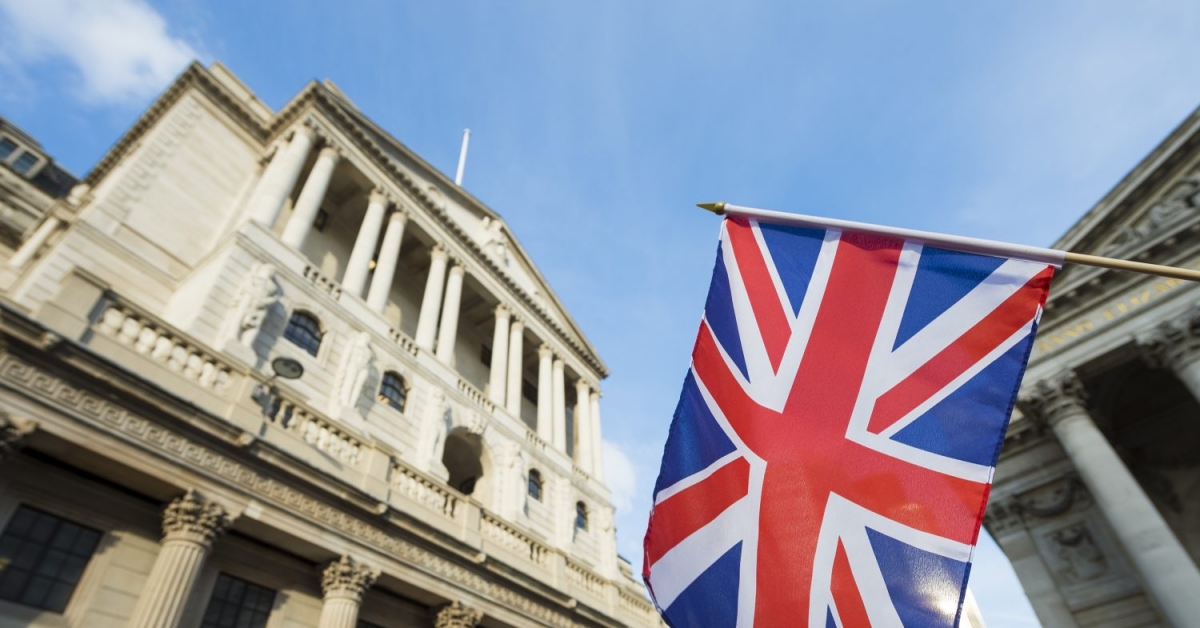UK Treasury and Bank of England Consider Digital Currency
Yuri Glazov
International Business News Writer

The Bank of England and the Treasury announced they were creating a task force to consider the potential risks and benefits associated with implementing a central bank digital currency (CBDC). The task force will be jointly led by Sir Jon Cunliffe and Katharine Braddick. Sir Jon Cunliffe is the Bank’s deputy governor for financial stability. Katherine Braddick is the Treasury’s director general of financial services.
According to the statement, the CBDC would “exist alongside cash and bank deposits, rather than replacing them.” If approved, the digital currency would be denominated in pounds, sterling. The Bank illustrated the value of the digital currency by stating that “£10 of CBDC would always be worth the same as a £10 note.” This currency would effectively be a digital version of the pound.
The Bank of England has several clear motives for instituting a digital currency. These motives mainly involve efficiency and control of monetary transactions. With a digital currency, cross-border transactions between groups using different currencies would become simpler and faster. A digital currency would enable the Bank of England to stimulate the economy instantly and directly. Furthermore, while it may be a privacy concern for many individuals, the Bank would be able to ascertain exactly when and where every digital currency transaction occurs.
A suspected reason why the Bank of England is interested in implementing a CBDC is to prevent potential risks associated with the mass adoption of digital cryptocurrencies. Cryptocurrencies being decentralized are not under the direct control of any central bank or government institution. Consequently, some regulators around the world believe that cryptocurrencies threaten financial stability, which incidentally is one of the Bank of England’s main objectives. Randal Quarles, the vice-chair of the United States Federal Reserve Bank, stated that “serious financial stability issues may result” if cryptocurrencies attain “wide-scale usage.” In essence, if cryptocurrencies grow so popular as to replace fiat currency, the inability of central banks to regulate cryptocurrencies might then catalyze instability in a financial system. For example, this is why India is expected to propose a law banning cryptocurrencies. By instituting its own digital currency, the Bank of England might help to reduce the perceived risks associated with decentralized cryptocurrencies attaining wide-scale usage.
In contrast to volatile and decentralized cryptocurrencies, the CBDC would be regulated by the Bank of England and would remain stable in value. It is therefore unlikely that cryptocurrency enthusiasts will have much interest in the CBDC, as those who invest in cryptocurrencies do so precisely because of their skepticism about central banks.
Contact Yuri at yuri.glazov@student.shu.edu

